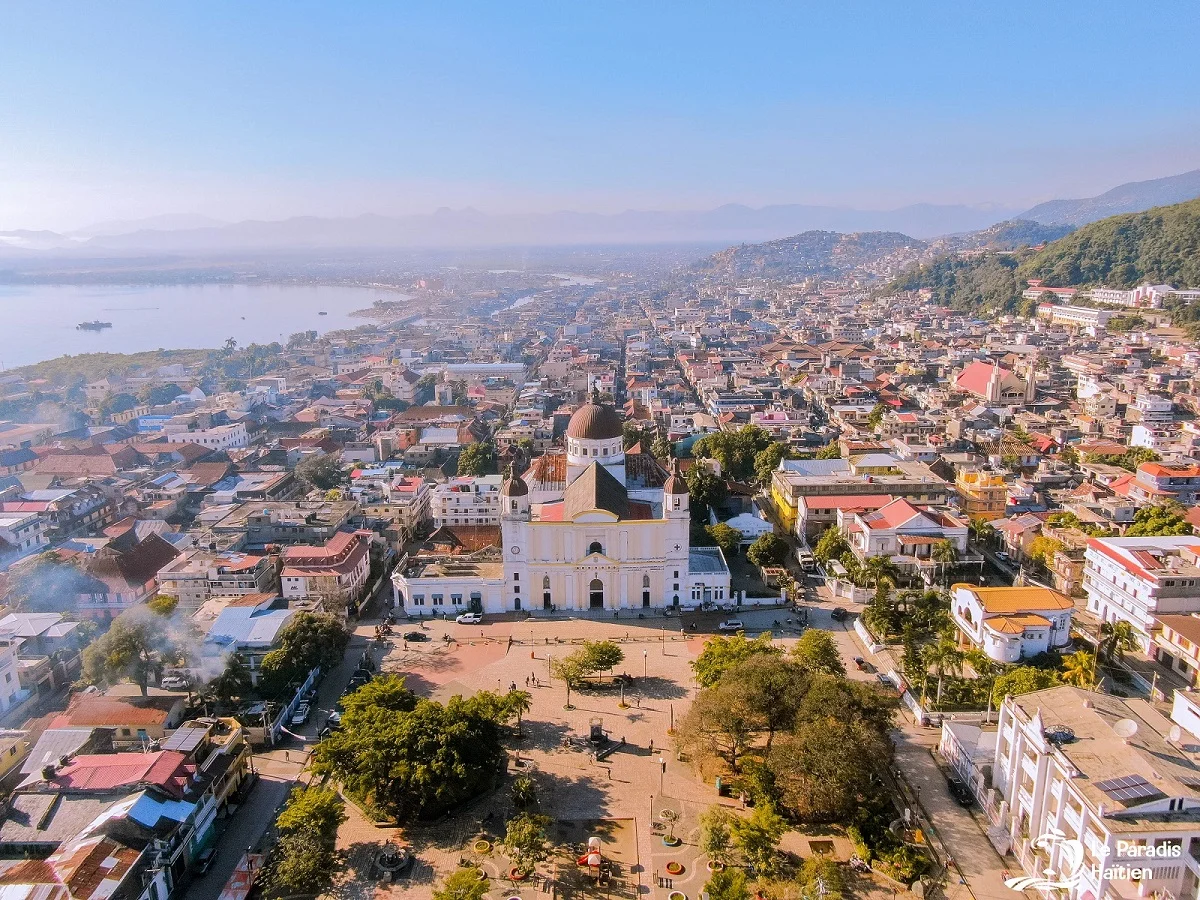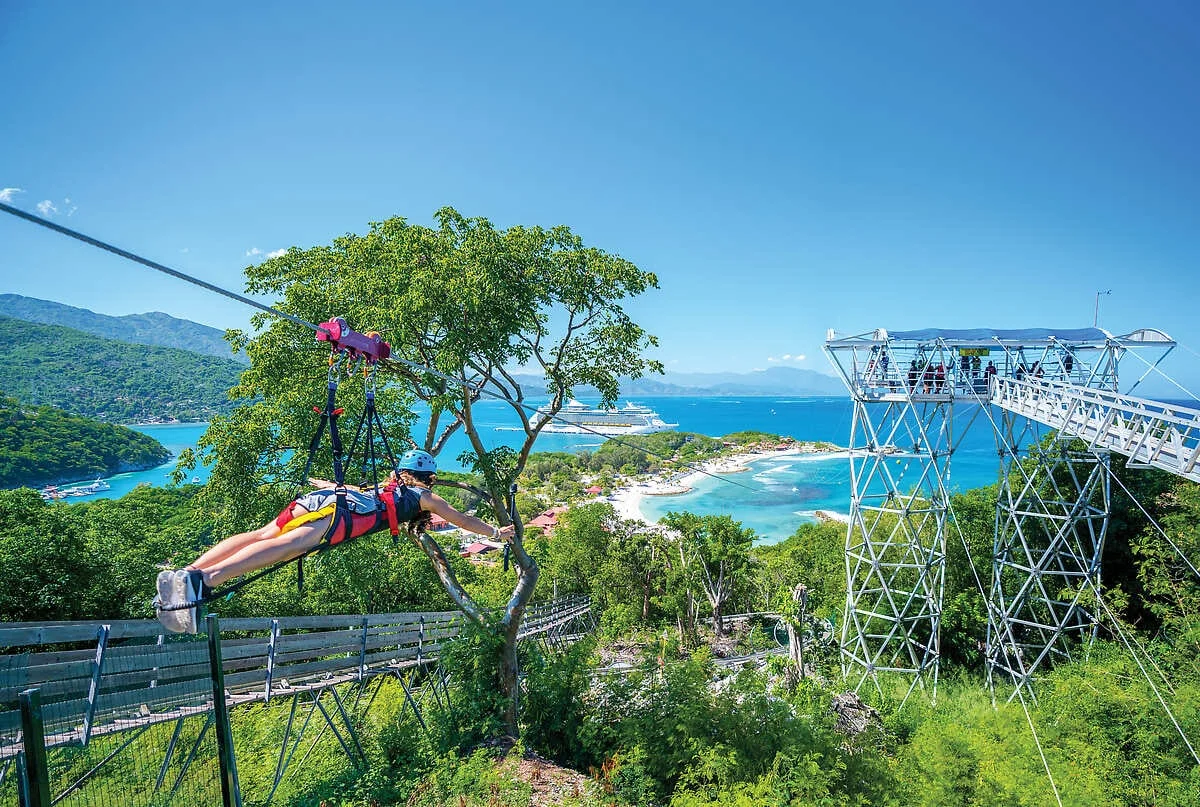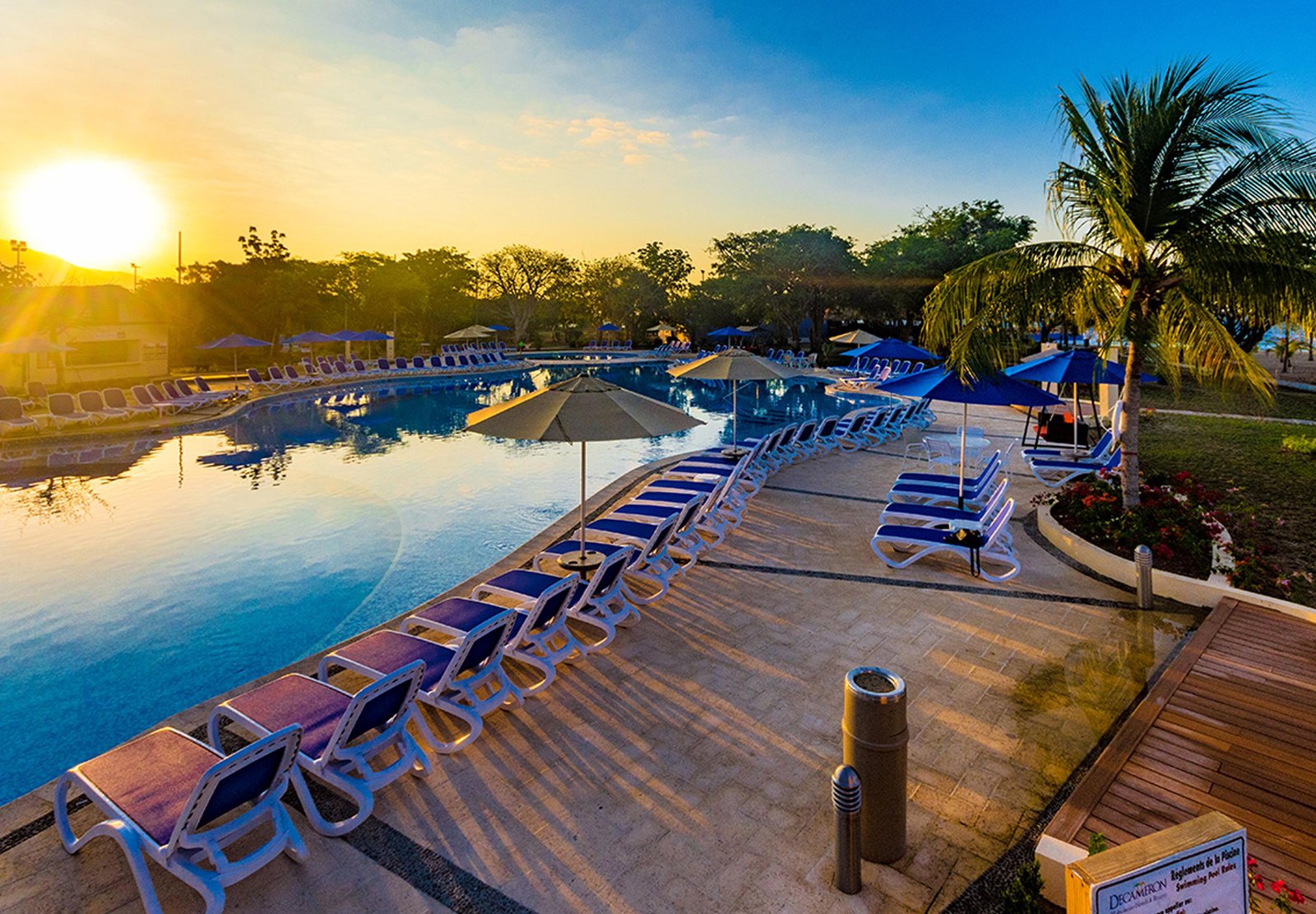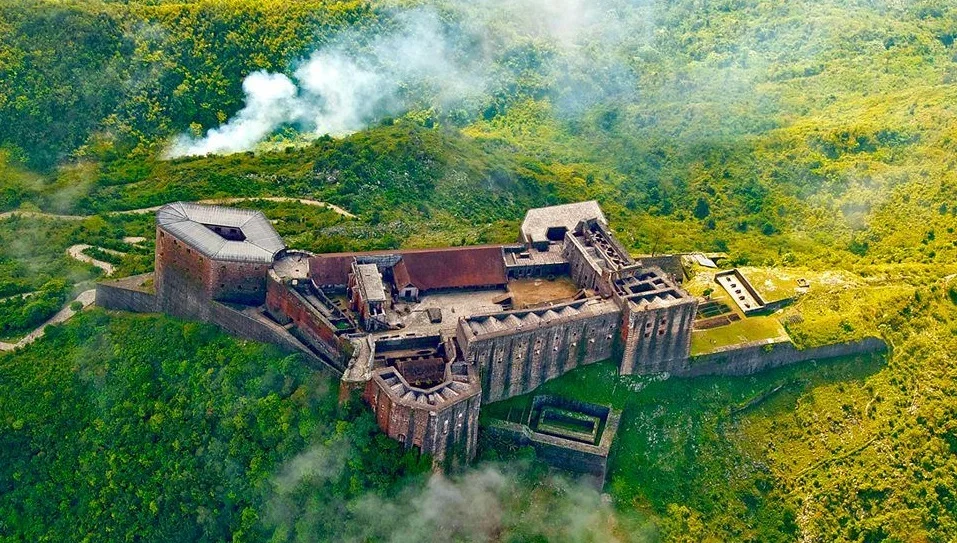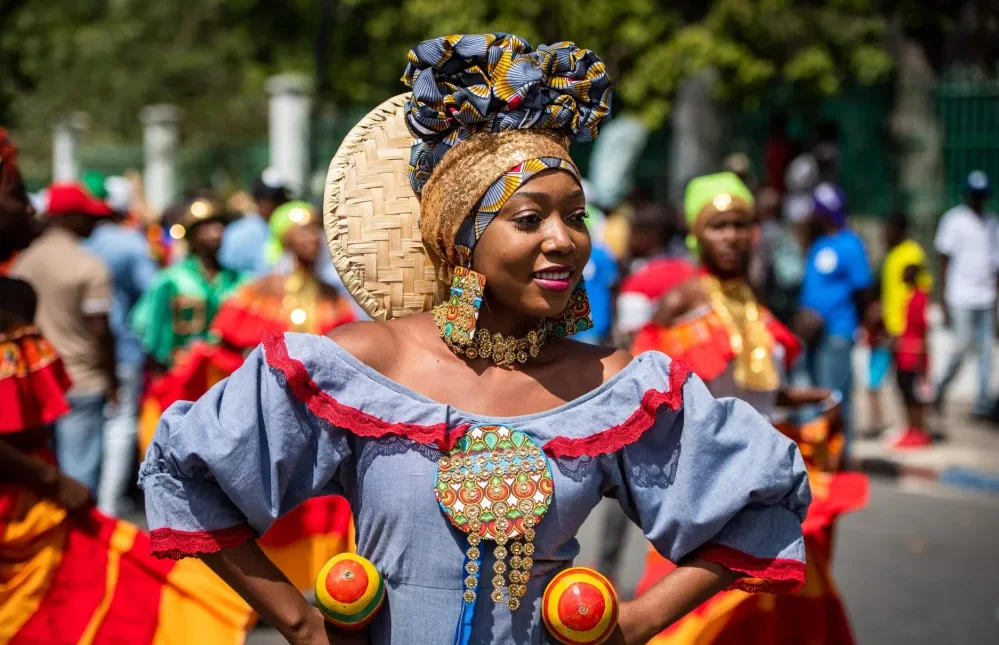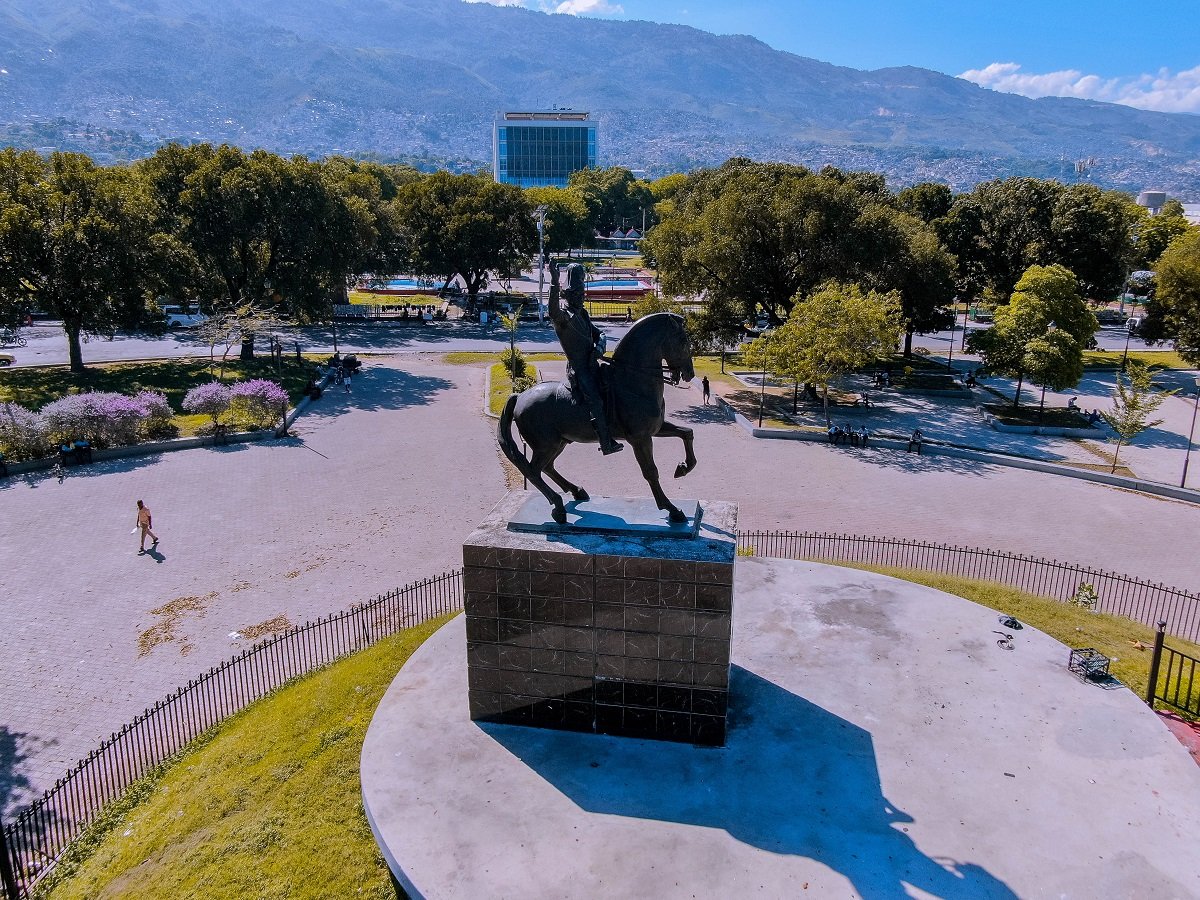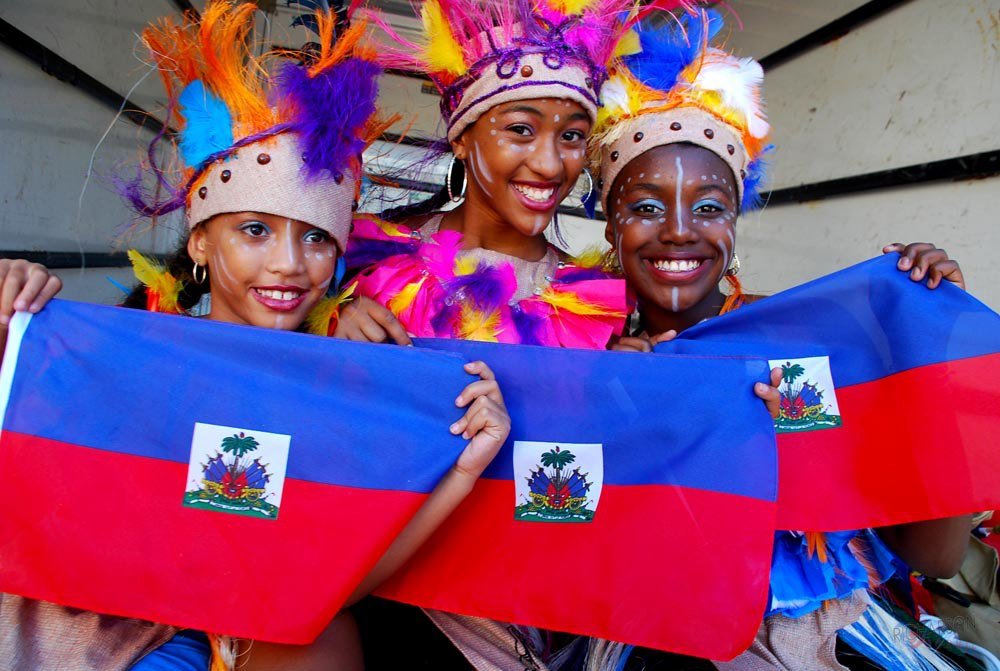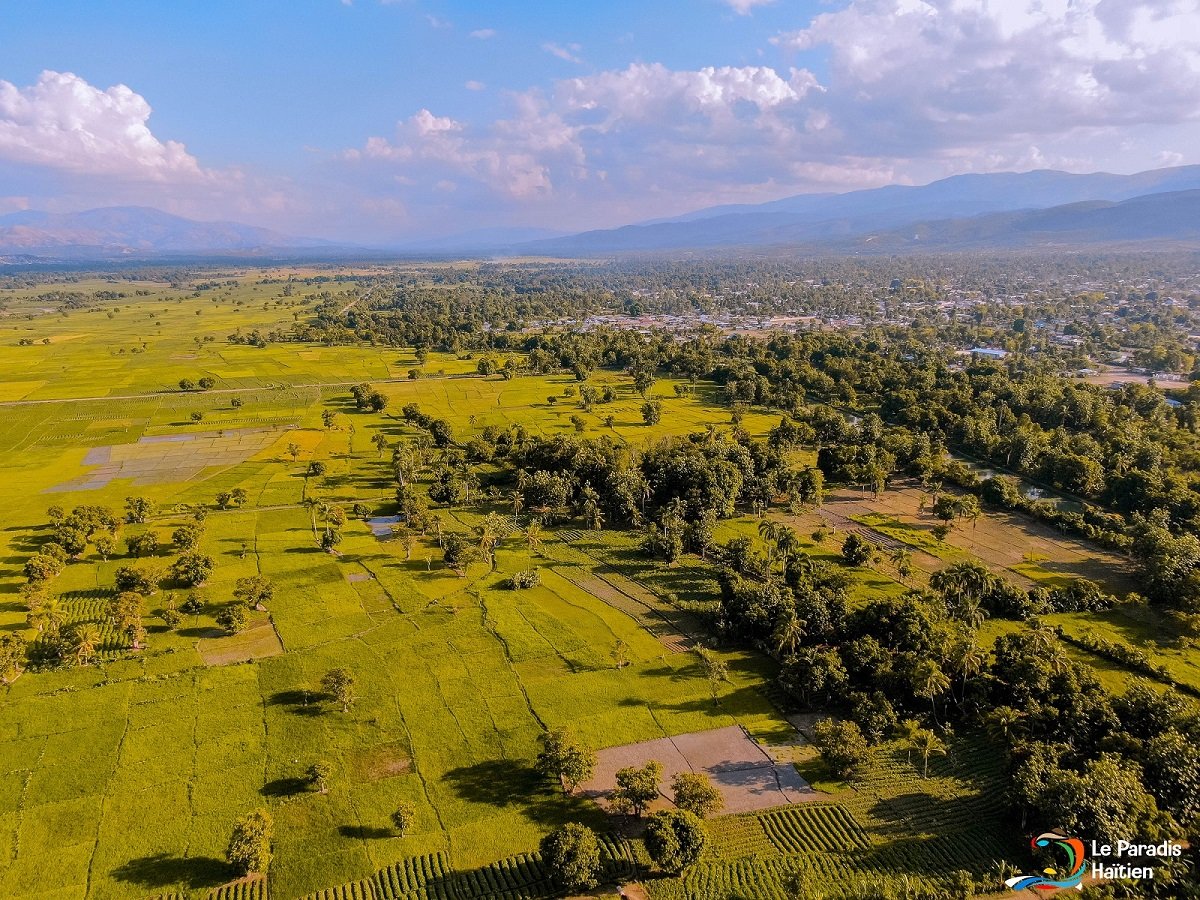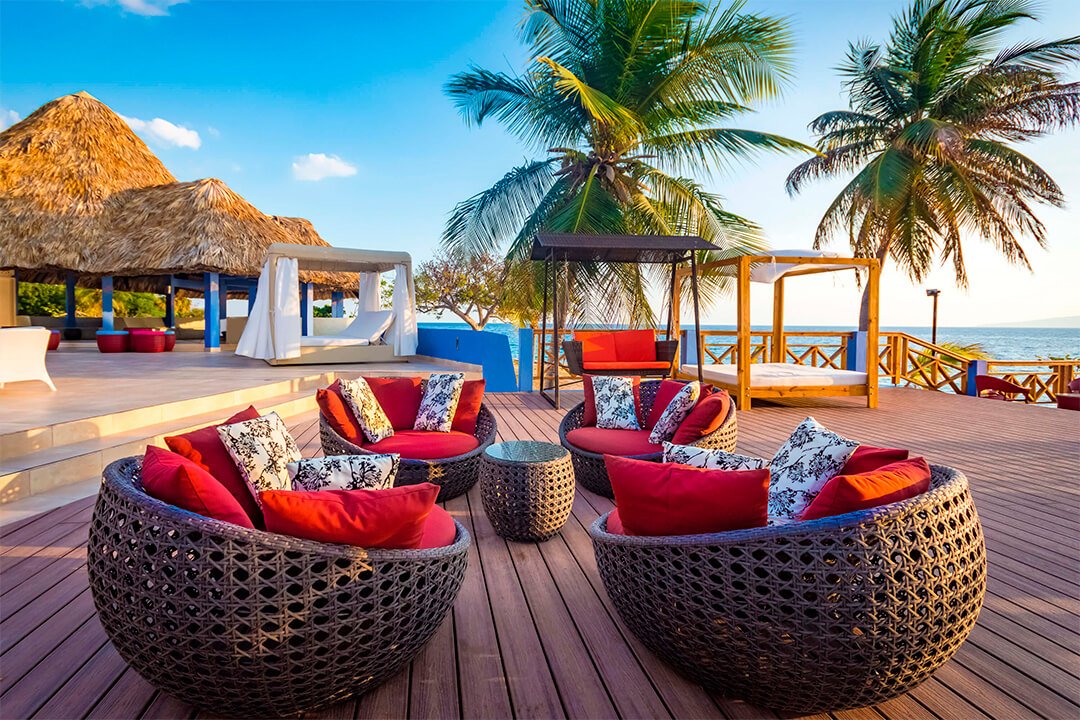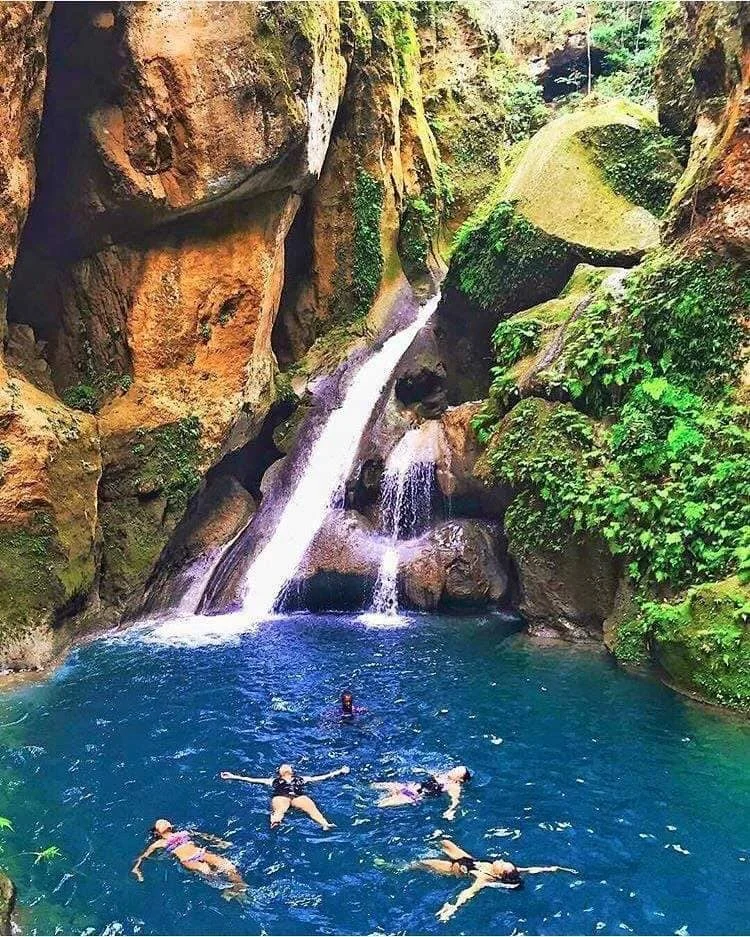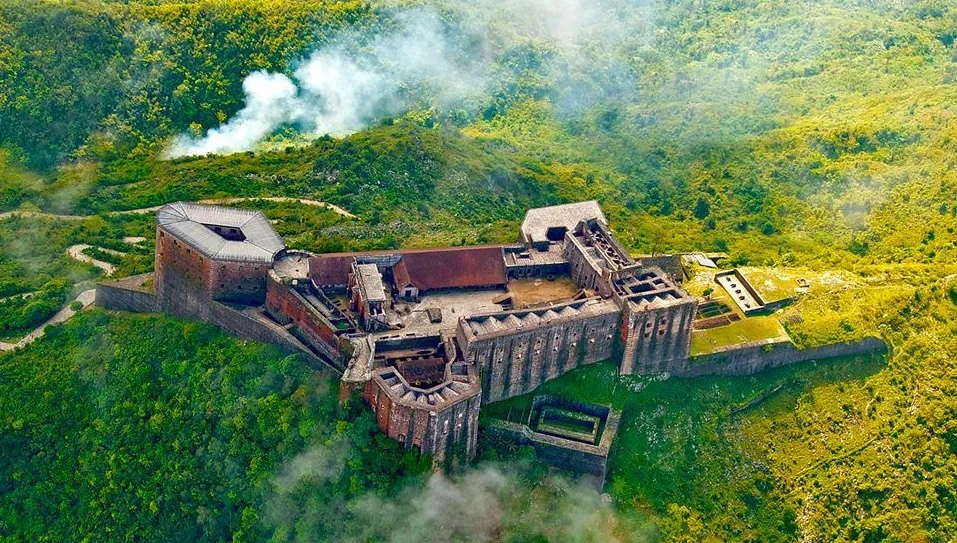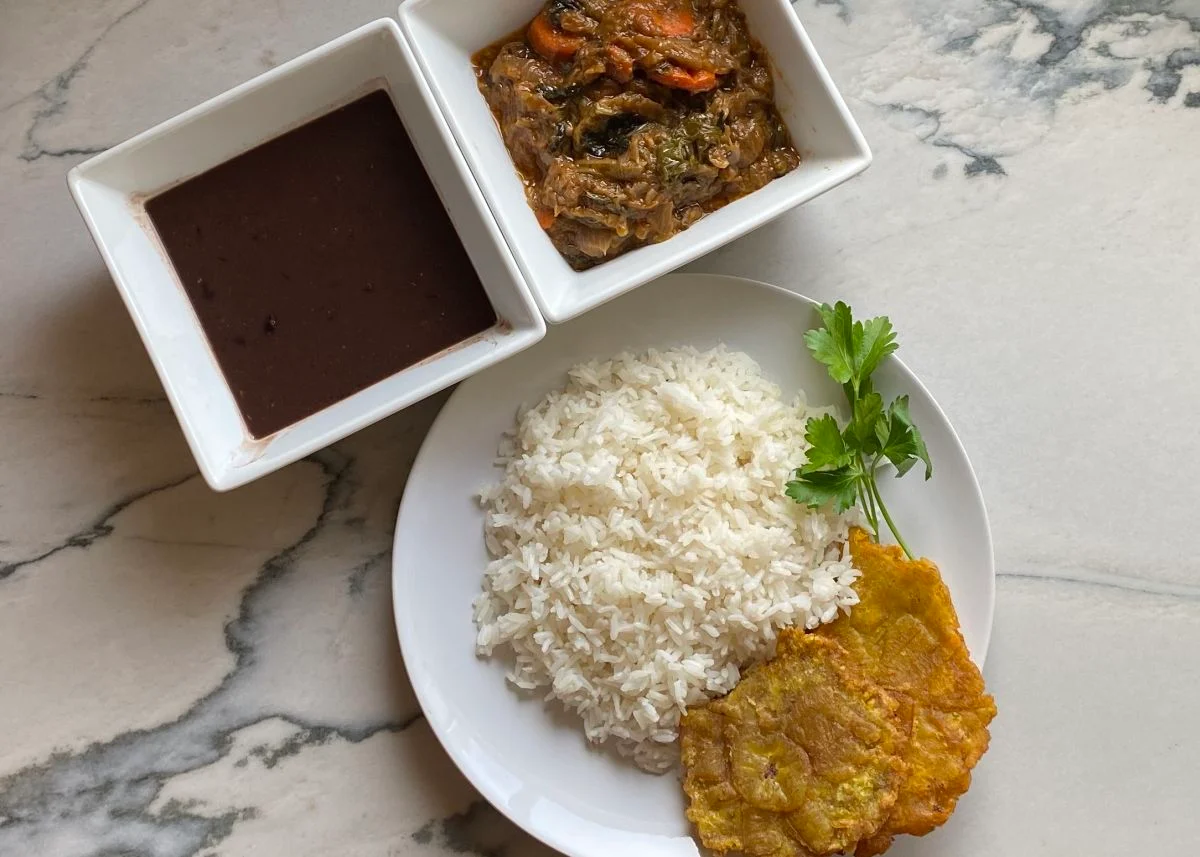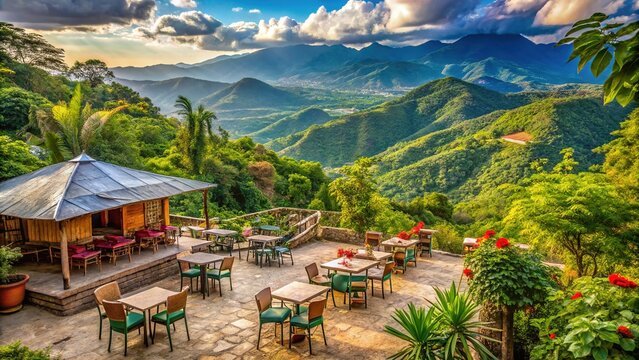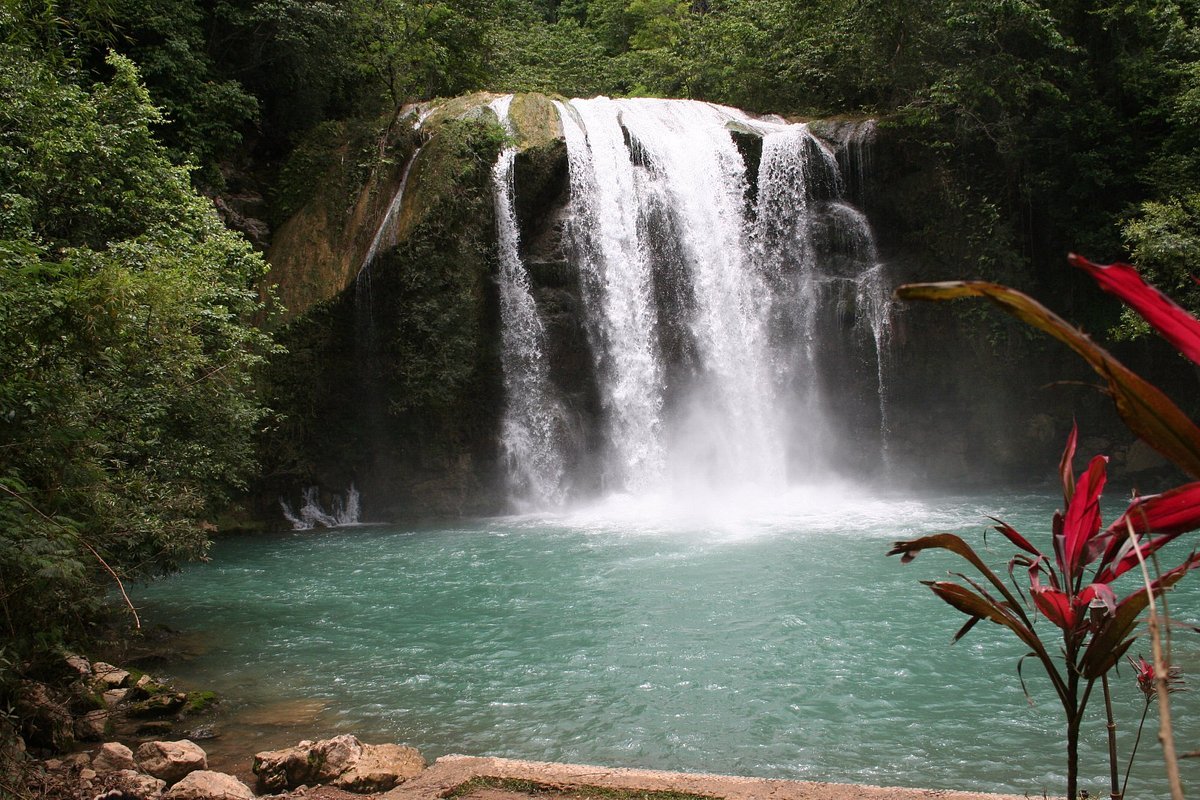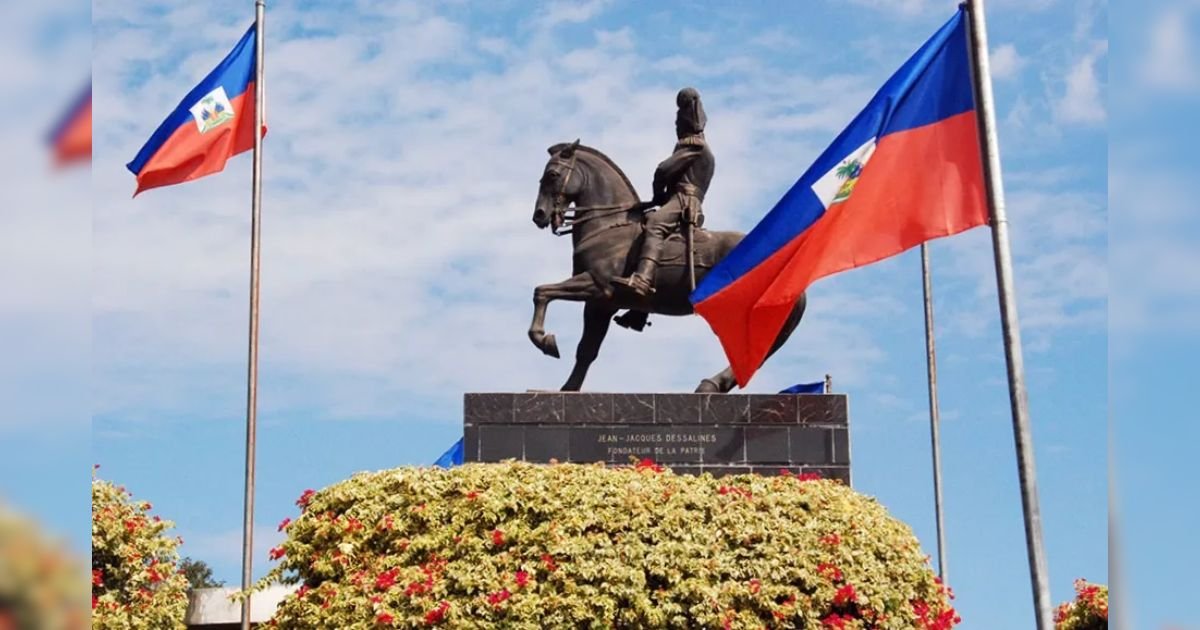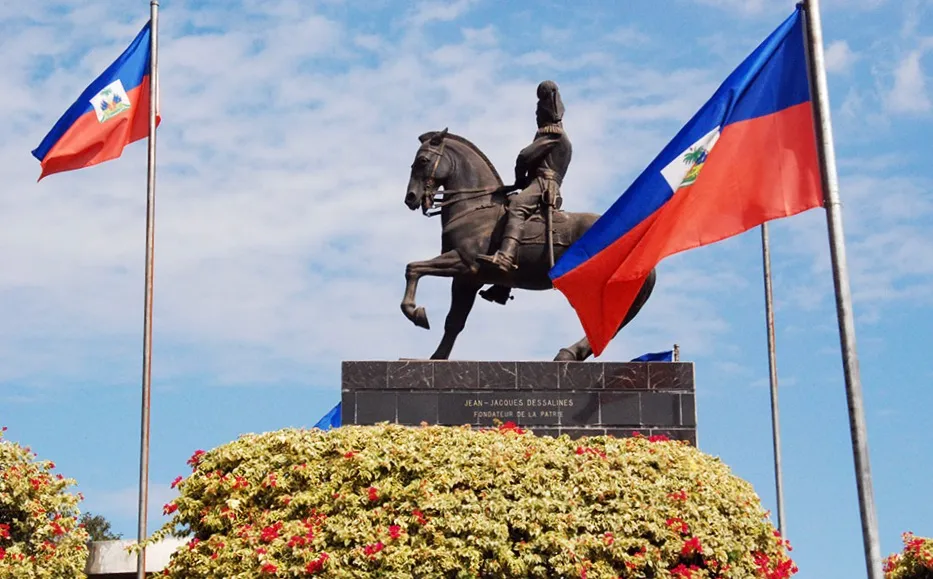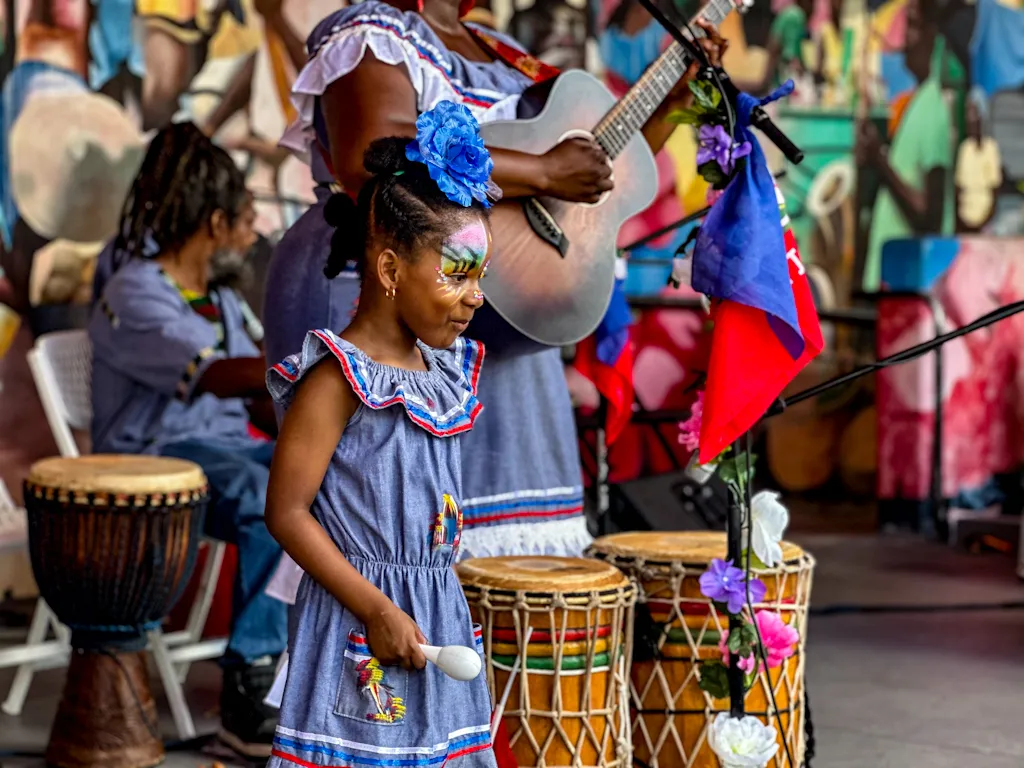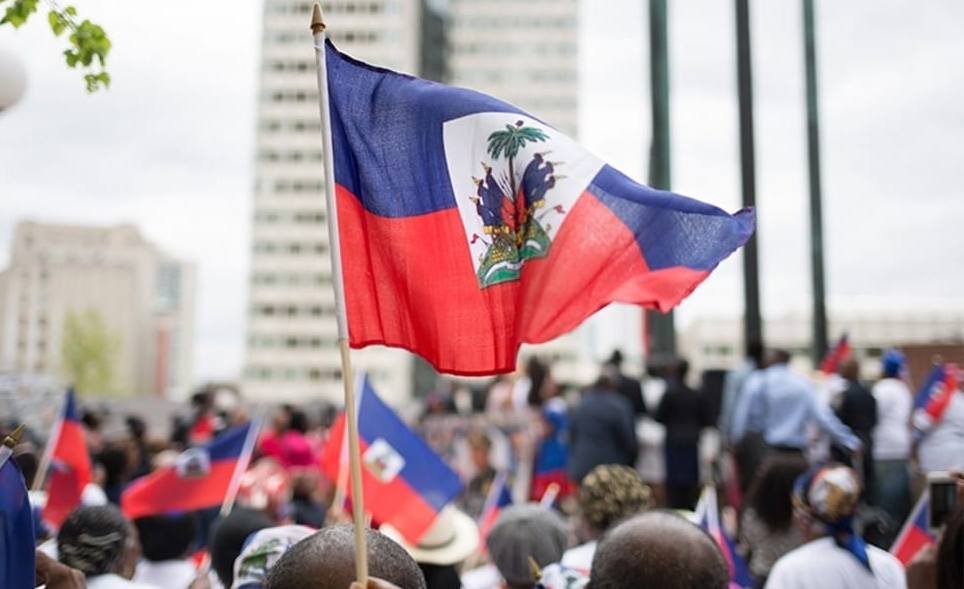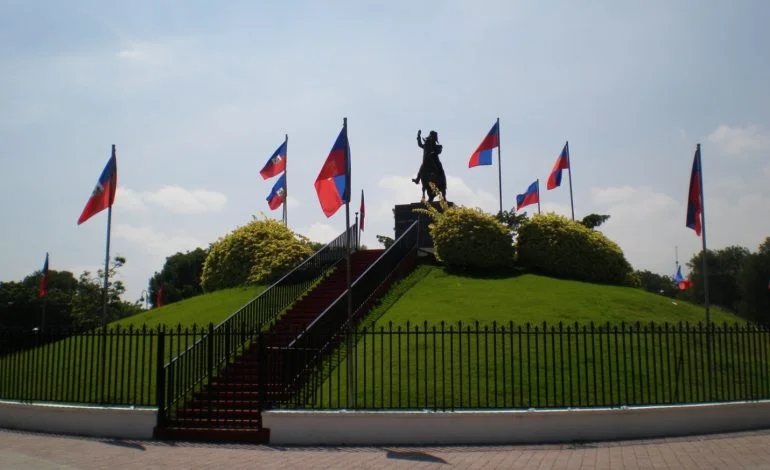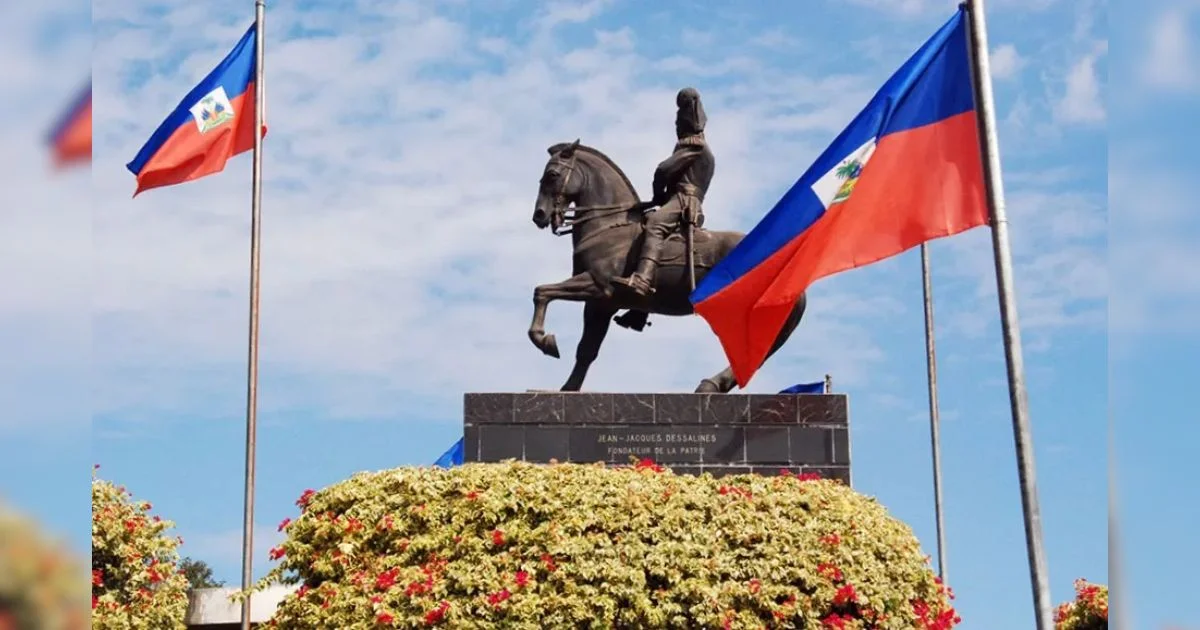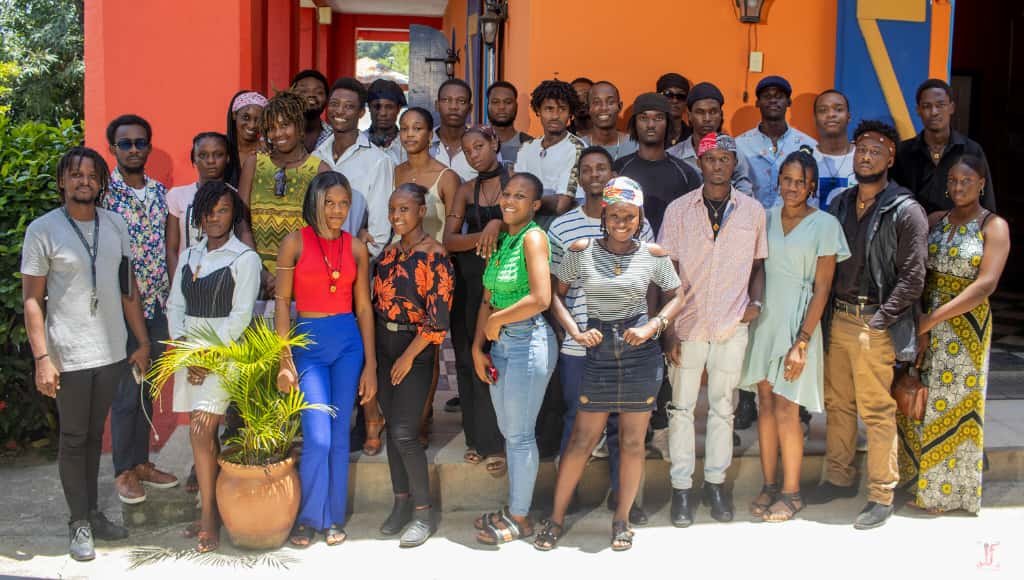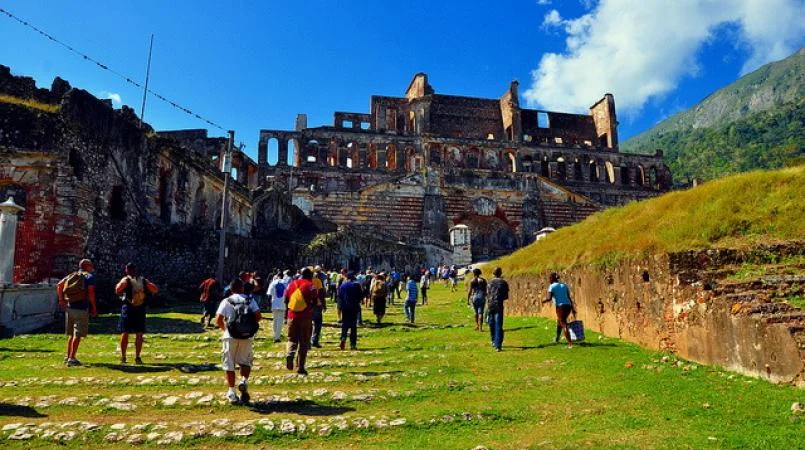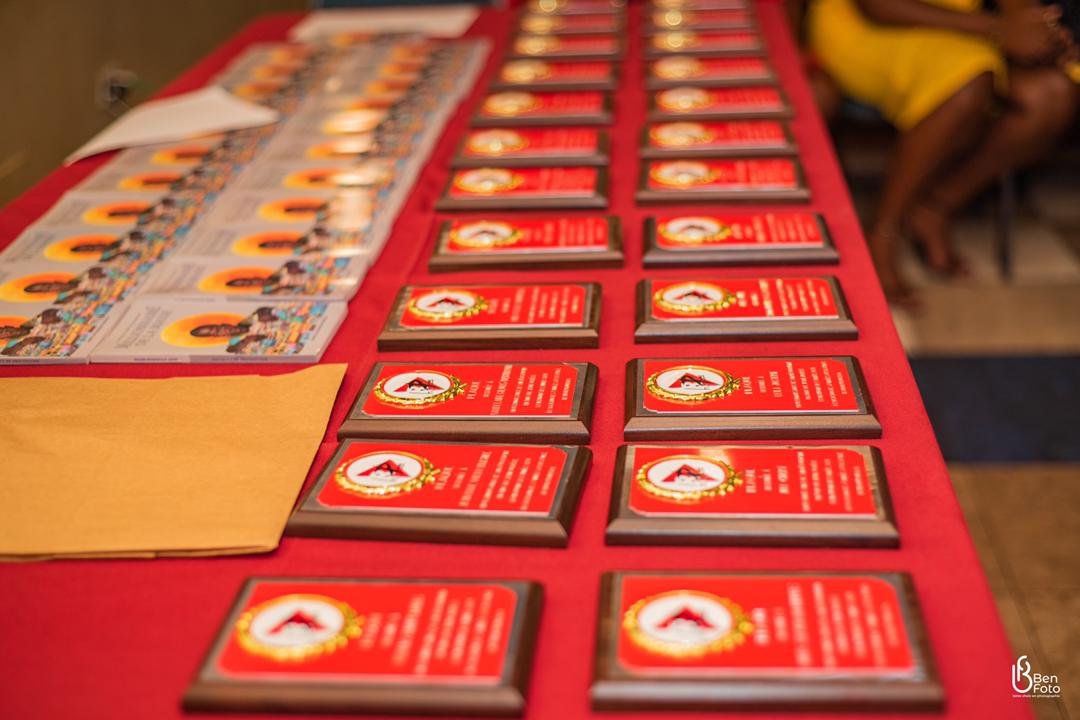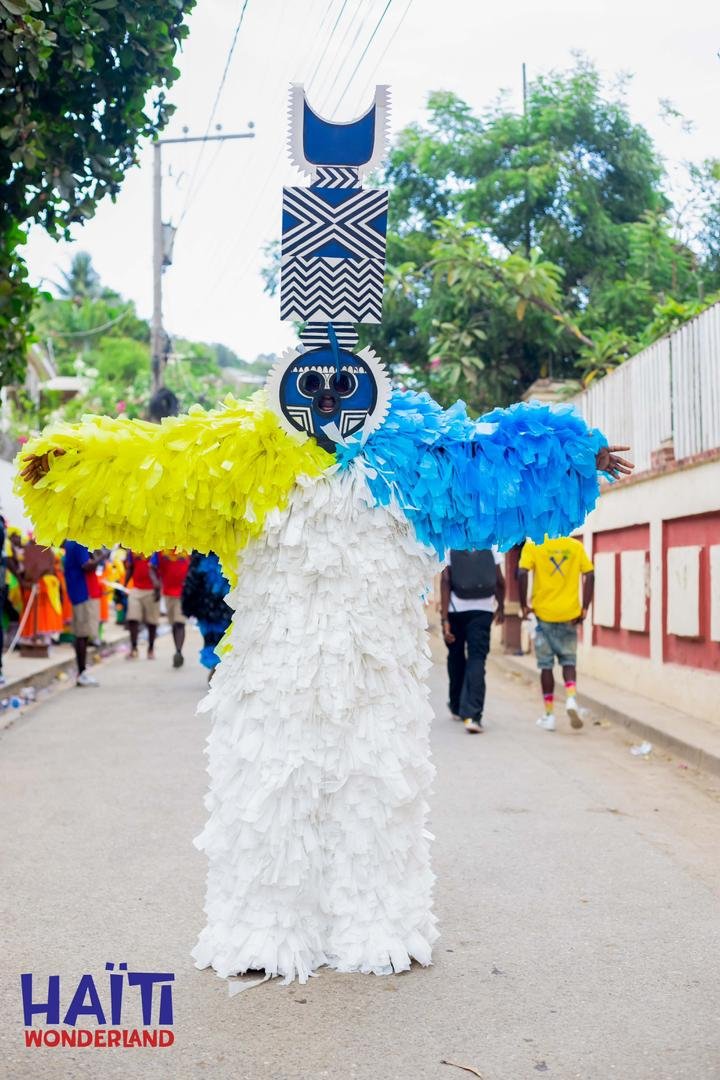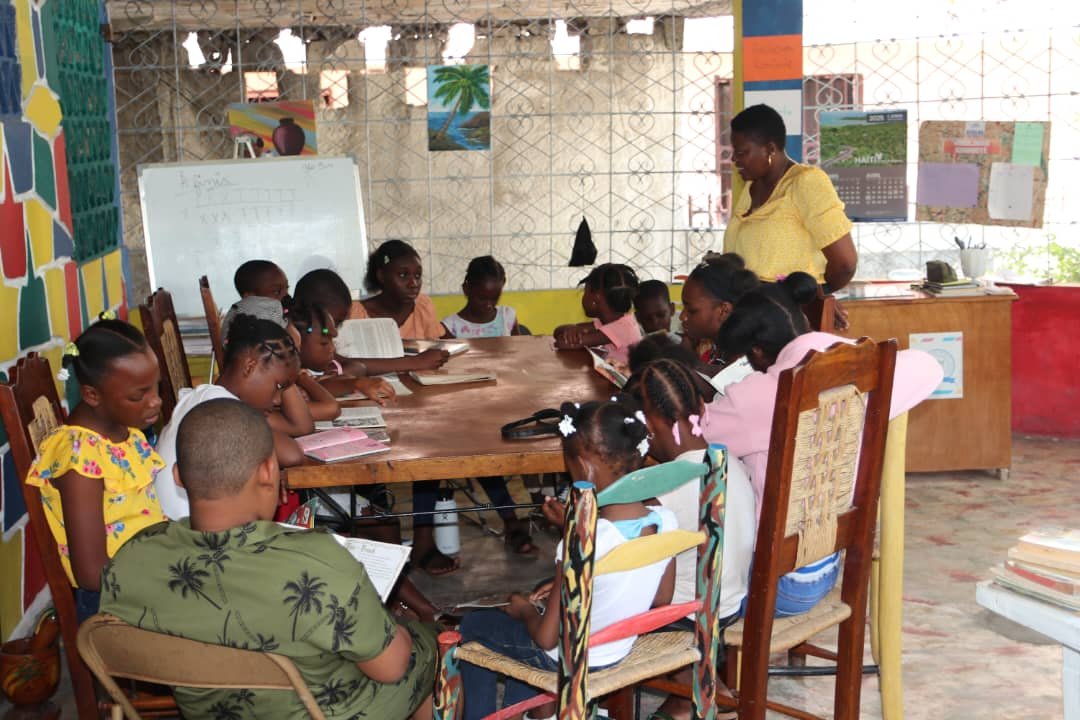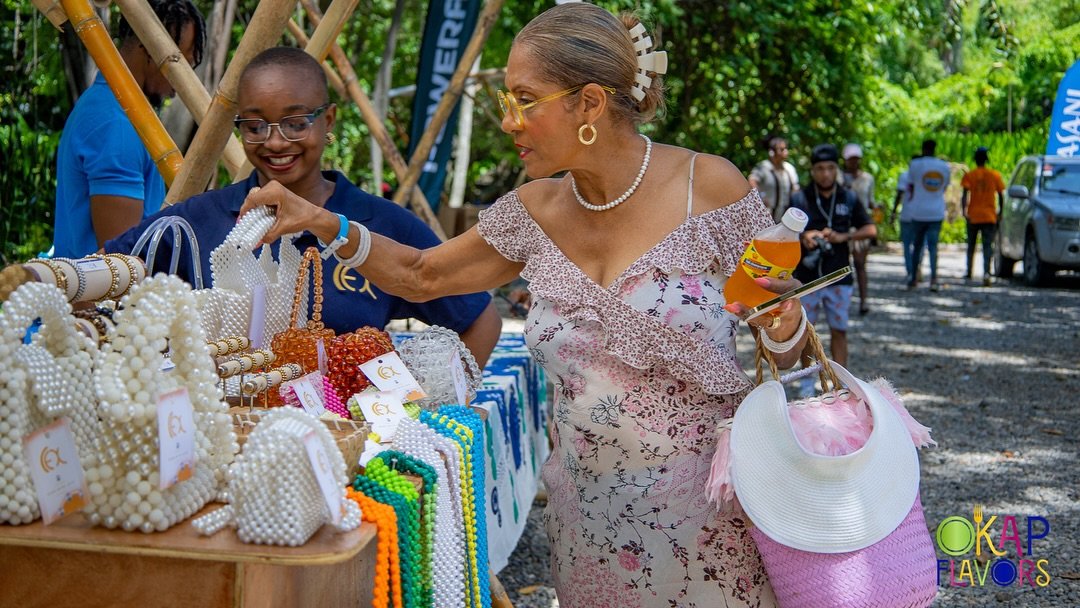Quelle est la superficie d’Haïti ?
Haïti, la perle des Antilles, est un pays riche en histoire, en culture et en paysages variés. En plus de ses nombreux attraits, il est intéressant de s’attarder sur un aspect géographique fondamental : sa superficie. Cet article explore en détail la taille du territoire haïtien, son importance géographique et son impact sur le quotidien des Haïtiens.
La Superficie d’Haïti : Une Introduction Géographique
Haïti occupe la partie ouest de l’île d’Hispaniola, qu’elle partage avec la République dominicaine. Sa superficie totale est d’environ 27 750 kilomètres carrés, faisant d’Haïti l’un des plus petits pays des Amériques. Malgré sa taille relativement modeste, le pays présente une diversité géographique impressionnante avec des montagnes, des plaines, des côtes et des vallées.
Cette superficie inclut à la fois le territoire continental et plusieurs îles adjacentes, comme l’Île de la Gonâve, l’Île-à-Vache et les Cayemites.
Une Comparaison avec d’Autres Pays
Pour mieux comprendre la taille d’Haïti, il peut être utile de la comparer avec d’autres pays ou régions :
- Haïti est légèrement plus petit que la Belgique (30 528 km²).
- Il est plus petit que Cuba, son voisin caribéen, dont la superficie dépasse 110 000 km².
- En Amérique latine, Haïti figure parmi les plus petits États, mais il reste plus grand que certains micro-États comme la Barbade (430 km²) ou Saint-Kitts-et-Nevis (261 km²).
Ces comparaisons montrent que bien que modeste en taille, Haïti détient une place géographique stratégique dans les Caraïbes.
Un Relief Contrasté et Diversifié
La superficie d’Haïti est loin d’être uniforme : environ 80 % de son territoire est constitué de montagnes, ce qui lui vaut le surnom de « pays des montagnes ». Le point culminant du pays est le Pic la Selle, qui s’élève à 2 680 mètres au-dessus du niveau de la mer.
Le reste du pays se compose de plaines fertiles, comme la Plaine du Cul-de-Sac, et de côtes spectaculaires bordées par la mer des Caraïbes et l’océan Atlantique. Ces reliefs variés influencent non seulement le climat mais aussi les modes de vie, les activités économiques et les infrastructures du pays.
L’Impact de la Superficie sur la Population
Avec une population d’environ 12 millions d’habitants, Haïti est l’un des pays les plus densément peuplés des Caraïbes. La superficie relativement restreinte du pays crée une densité moyenne d’environ 430 habitants par kilomètre carré. Cette densité est encore plus élevée dans les zones urbaines comme Port-au-Prince, la capitale, où les infrastructures doivent faire face à une pression importante.
Cependant, certaines régions rurales, notamment les montagnes, restent peu peuplées en raison de l’accès difficile et des conditions de vie parfois rudes.
L’Importance Écologique et Stratégique
Malgré sa petite taille, Haïti possède une biodiversité riche. Ses montagnes abritent des espèces végétales et animales uniques, tandis que ses côtes et mangroves jouent un rôle clé dans l’écosystème marin des Caraïbes. La gestion durable de cette superficie est donc essentielle pour préserver ces richesses naturelles.
Sur le plan stratégique, Haïti est situé à un carrefour maritime important, reliant l’océan Atlantique à la mer des Caraïbes. Sa position géographique en fait un acteur clé dans les échanges régionaux.
Une Superficie Qui Cache une Grande Richesse
La superficie d’Haïti, bien que modeste, renferme une incroyable richesse géographique, culturelle et écologique. Chaque kilomètre carré du territoire raconte une histoire : celle d’un peuple résilient, d’une biodiversité unique et d’un héritage historique précieux.
Comprendre la taille et la diversité du territoire haïtien permet d’apprécier davantage la complexité et la beauté de ce pays fascinant, véritable joyau des Caraïbes.









